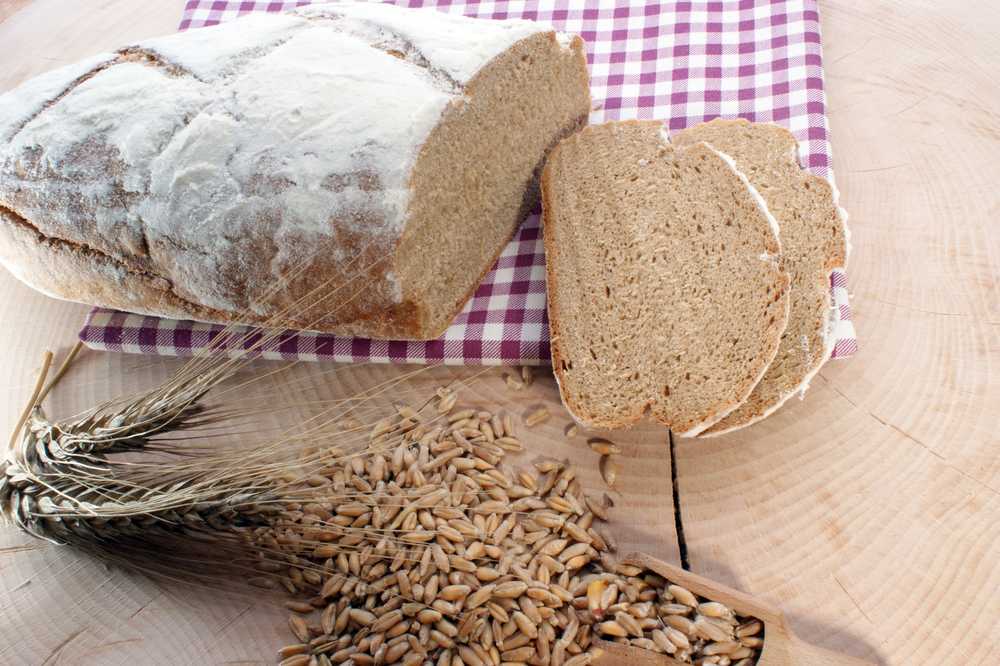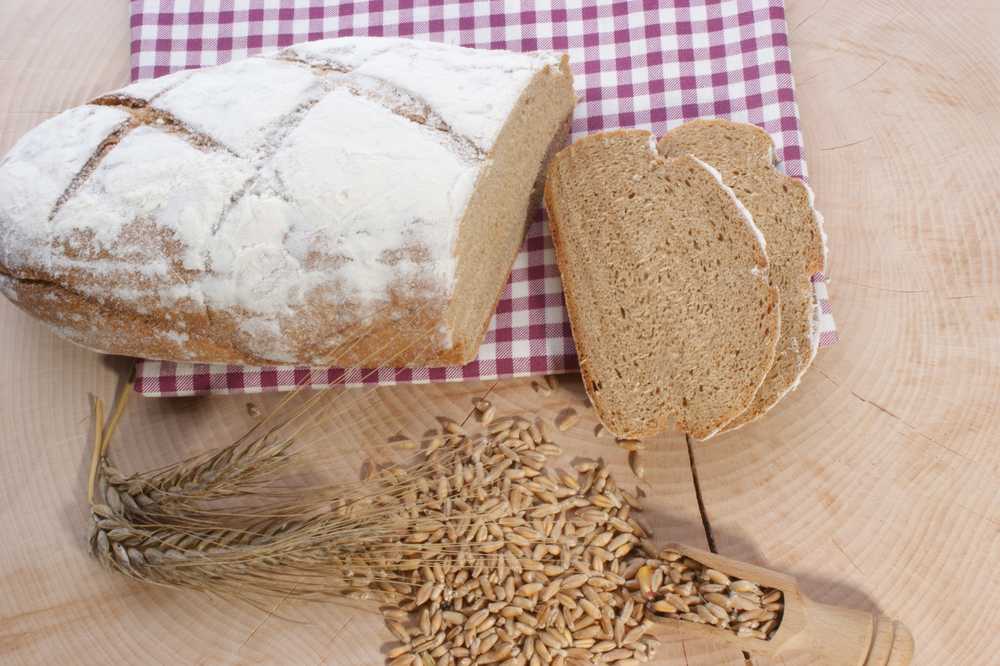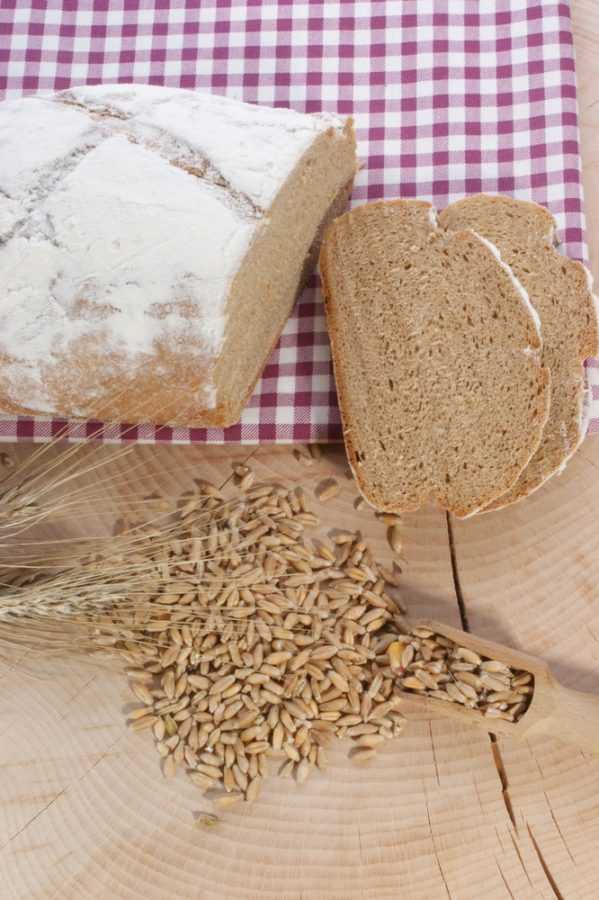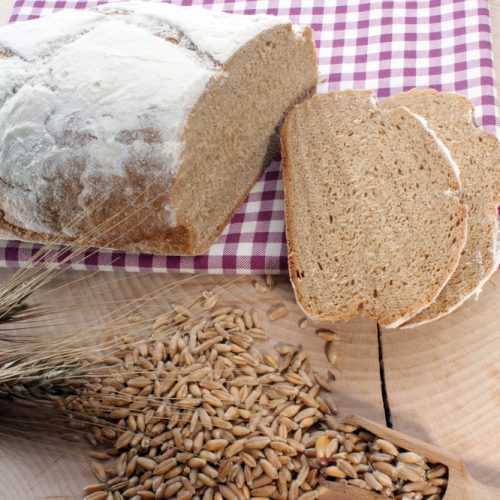Cottage loaf is an iconic bread from British culinary history, a staple of English baking known for its distinct, stacked spherical shape. This recipe takes you back to the essence of old-world baking, requiring just a few simple ingredients: flour, yeast, salt, and water. The taste of a freshly baked cottage loaf is unbeatable, its crust delightfully crunchy and the inside soft and pillowy.

As a centerpiece on your dining table or a side dish to a hearty meal, the cottage loaf is more than just a bread - it's an experience of comfort, heritage, and delightful simplicity.
Why This Recipe Works
In the realm of bread-making, the simplicity and minimalism of this recipe are its primary draws. It doesn't require fancy ingredients or intricate procedures. It's just basic bread-making with a twist in the shaping. The end product is a two-tiered masterpiece of baking, an edible sculpture that’s as delicious as it is visually pleasing. Making it at home infuses your kitchen with a beautiful, appetizing aroma that pre-packaged bread simply can't compete with.
Moreover, this recipe lets you tap into the very essence of home baking. The process is therapeutic, rewarding you not just with the final product, but also with the journey. Kneading the dough, watching it rise, shaping it into the unique cottage loaf form, and finally, witnessing the golden-brown crust develop in the oven - it's a labor of love. By the time your loaf is done, you will have gained more than just a delicious bread; you will have partaken in a centuries-old tradition, creating something truly special from scratch. A homemade cottage loaf is a testament to your baking prowess and a treat for the senses, making this recipe a must-try for every home baker.

Ingredients
Strong white bread flour-This type of flour has a high gluten content, which gives the bread its elasticity and rise. If not available, you can use plain flour, but the texture may differ.
Active dry yeast-Yeast is the rising agent used in bread making. It ferments the sugars in the dough, producing carbon dioxide, which causes the dough to rise. You can substitute active dry yeast with fresh yeast, keeping in mind that you will need twice the amount.
Salt-Salt strengthens the gluten structure and enhances the flavor of the bread. If you're on a low-sodium diet, you can reduce the amount, but it may affect the bread's taste and texture.
Butter -Butter adds a rich, creamy flavor and helps to create a tender crumb. If you're vegan or dairy intolerant, you can use a plant-based butter substitute or olive oil.
Warm water-Warm water helps to activate the yeast and bring all the ingredients together to form a dough. It should be warm, not hot; overly hot water can kill the yeast.
Tips
- Always check the expiry date of your yeast; old yeast may not work as well, resulting in a denser loaf.
- Don't rush the rising process; it's key to developing a good flavor and texture in your bread.
- When forming your cottage loaf, make sure the top piece is firmly secured to the bottom or it might slide off during baking.
- You can test if your bread is done by tapping the bottom; it should sound hollow.
- Let your bread cool completely on a wire rack before slicing to prevent it from getting gummy or compacted.

How to Serve
Cottage loaf, with its distinctive shape and flavorful crust, is a perfect centerpiece for any meal. Its soft interior makes it ideal for sandwiches, while its crusty exterior pairs well with soups or stews.
- Serve your cottage loaf fresh from the oven with a variety of cheeses and some high-quality butter for a simple, rustic appetizer.
- Slice it and use it to make hearty sandwiches. The unique shape of the cottage loaf makes for some impressive-looking sandwiches, ideal for a picnic or a fancy lunch.
- Finally, serve it alongside a bowl of your favorite soup or stew. The crusty exterior of the cottage loaf is perfect for dipping and soaking up those delicious flavors.
Similar Recipes

Cottage Loaf
Ingredients
- 500 grams strong white bread flour
- 2 teaspoons active dry yeast
- 1 teaspoon salt
- 25 grams butter
- 300 ml warm water
Instructions
- In a large bowl, combine the flour, yeast, and salt. Rub in the butter using your fingertips until it resembles fine breadcrumbs.
- Gradually add the warm water, mixing until the dough comes together.
- Turn out the dough onto a lightly floured surface and knead for about 10 minutes until it becomes smooth and elastic.
- Place the dough in a greased bowl, cover, and leave it to rise in a warm place until doubled in size.
- Divide the dough into two pieces, one slightly larger than the other, and shape them into balls. Place the smaller ball on top of the larger one, pushing a floured finger through the center of both to secure them together.
- Cover the loaf and leave it to rise until doubled in size.
- Preheat your oven to 200°C (180°C for fan ovens).
- Bake the loaf for about 35-40 minutes, or until golden brown and it sounds hollow when tapped on the bottom.
- Remove from the oven and allow it to cool on a wire rack.
Nutrition
Notes
- Always check the expiry date of your yeast; old yeast may not work as well, resulting in a denser loaf.
- Don't rush the rising process; it's key to developing a good flavor and texture in your bread.
- When forming your cottage loaf, make sure the top piece is firmly secured to the bottom or it might slide off during baking.
- You can test if your bread is done by tapping the bottom; it should sound hollow.
- Let your bread cool completely on a wire rack before slicing to prevent it from getting gummy or compacted.